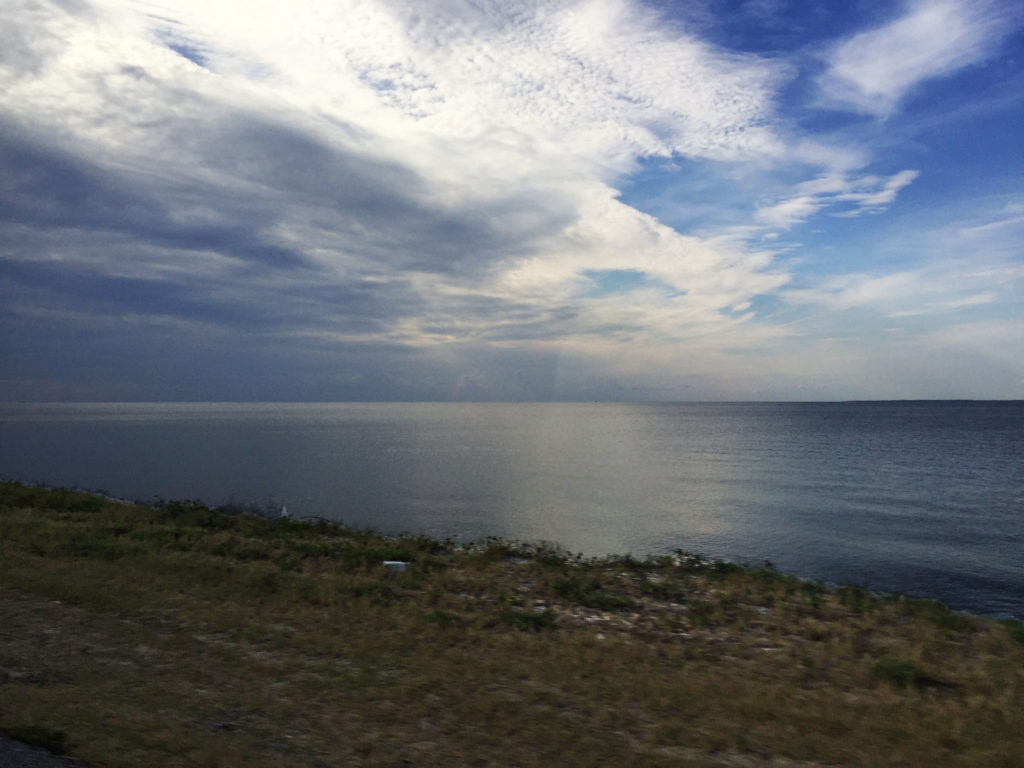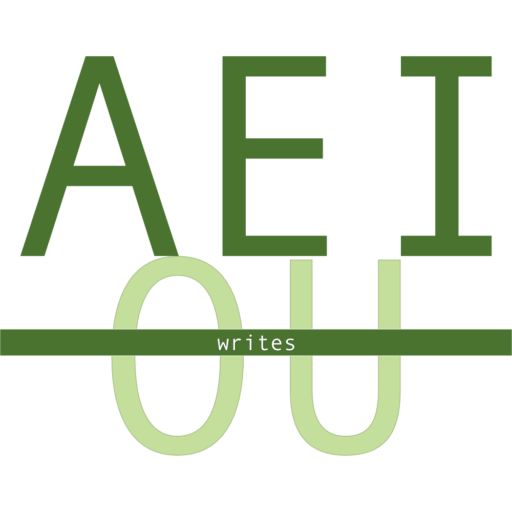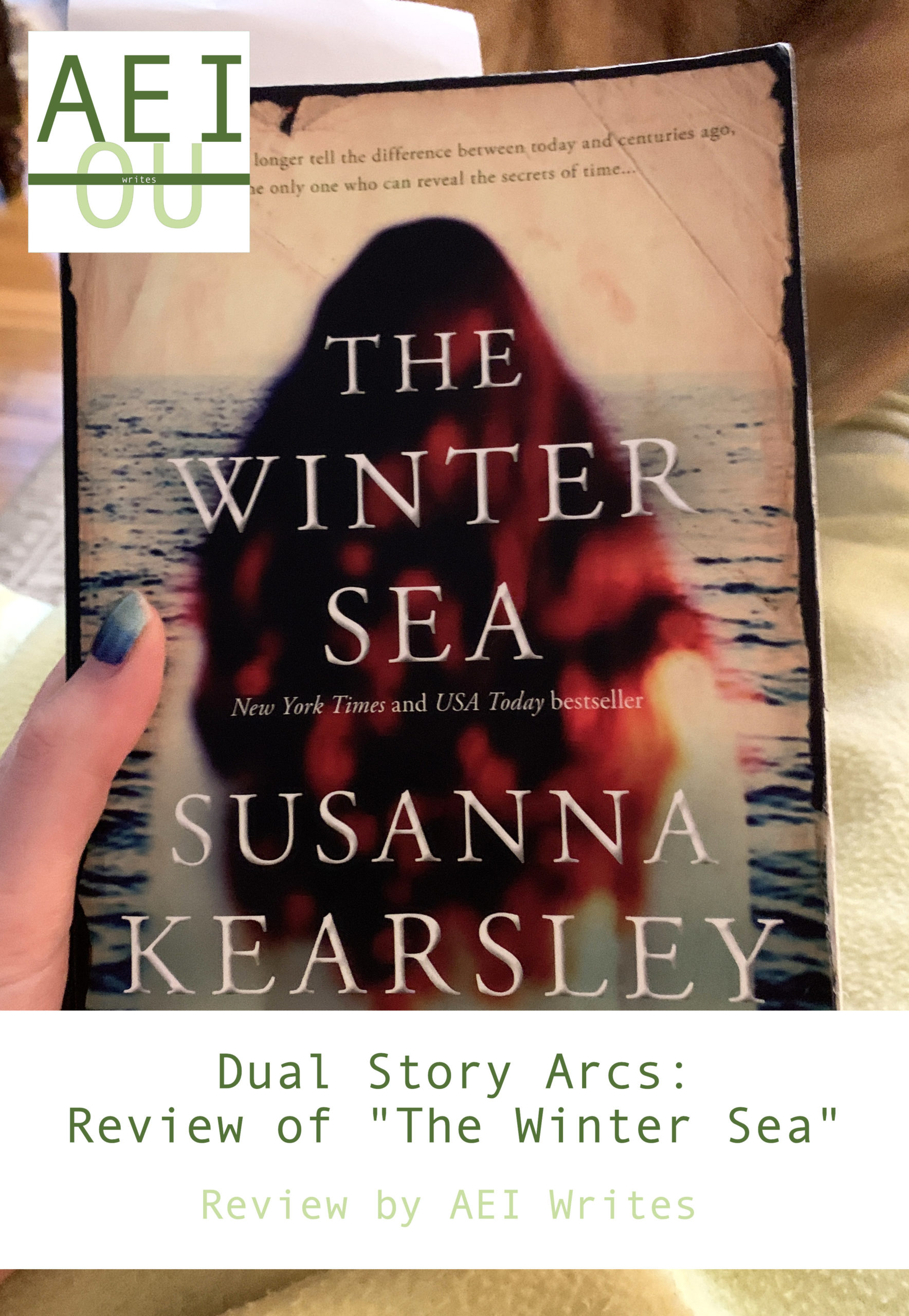I love getting to talk about books with well-read women at my local library. When all of them share a favorite author and the book happens to be set in Scotland, I have to read it. My red-haired genetics won’t let me do otherwise. When the book weaves two parallel stories together separated only by time, I’m hooked. Such was the case with The Winter Sea by Susanna Kearsley. Let’s get into what The Winter Sea taught me about crafting dual story arcs.
The Winter Sea

The Winter Sea follows an established author named Carrie as she writes her newest novel. Carrie specializes in historical romance (as Kearsley does herself,) so the book is rife with historical references and detailed depictions of castle life. Half of the book follows Carrie’s current-day adventures in research, while the other half depicts the historical story Carrie is writing. As the lady who recommended the book to me said, I could literally feel the wind and sea salt coming off the water as I read.
I have to say, those vivid Scottish descriptions were the only thing holding me for the first 80 pages of the book. Perhaps my recent reading list of juvenile fiction adventures caused my impatience for action. Perhaps I have a hard time reading about writing because that’s how I spend most of my days. Regardless, once the book inside the book started to flow, I couldn’t wait to finish. And, for the record, I cried through the last quarter of the novel. The story gets that good.
Tips for Dual Story Arcs
1. Lay the groundwork at the beginning for major surprises.
Because we begin The Winter Sea by reviewing Carrie’s research, we technically know how the book will end within the first 80 pages of the novel. However, Kearsley still managed to throw in a major twist. I thought for sure I knew how the problem would resolve, but there were several chapters towards the end where I wasn’t sure. When I wound up guessing correctly, I ran back to the library with my fists in the air like a genius sleuth. That didn’t keep me from crying a lot in the meantime.

In any story, when a major surprise twists the events and conflict within, the groundwork for the change must come as early as possible. For those who read like sleuths, they will explode in excitement when they see all the pieces connect. For readers who go with the flow, that groundwork maintains the believability of the story. Without those early clues, readers feel lost. Some may give reading up in frustration because the surprise doesn’t follow the rules of the book’s world. So, the earlier the groundwork can appear, the better the story will be.
2. Shifting perspective jolts the reader.
Sometimes, perspective shifts jolt readers out of the world of the story. The first time The Winter Sea switched from first to third person, I shook my head in momentary confusion. To Kearsley’s credit, she changed the chapter heading style to clue the reader in to the shift from Carrie’s life to the story she writes. In this case, after the initial jolt, the perspective change created a seamless transition with the two arcs of the story. The switches between “I” and “she” alerted readers to where they were in the action.
While I personally preferred how Rick Riordan saved perspective shifts for new chapters in The Heroes of Olympus, Kearsley uses the unexpected shifts to great effect. Truthfully, reading the book felt like coming in and out of a writing trance right along with Carrie. By the end of the book, the perspective shifts allowed us to connect with her more deeply.
Review
What book settings instantly convince you to read a book? How do you feel about perspective shifts? I’d love to hear in the comments!

